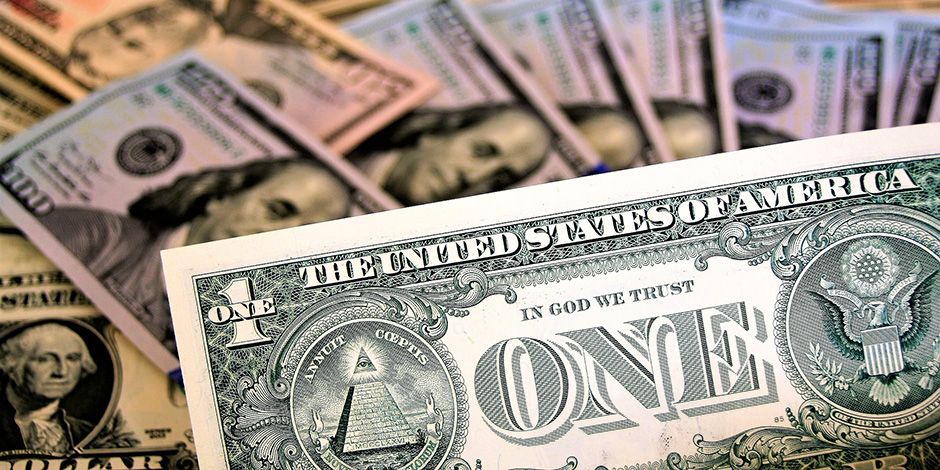
Natixis: Wahrscheinlichkeit für weitere Zinsschritte liegt bei Fitfy-Fifty
Geldpolitik
Nach Ansicht von Dave Lafferty, Chefstratege von Natixis Investment Managers, rechtfertigt die aktuelle Wirtschaftslage in den USA kurzfristig weder eine Anhebung noch eine Absenkung der Zinsen. Bis zum Jahresende liege die Eintrittswahrscheinlichkeit beider Möglichkeiten bei jeweils 25 Prozent. Die Wahrscheinlichkeit.
02.05.2019 | 10:31 Uhr
Weitere Einschätzungen von Dave Lafferty finden Sie in folgenden Punkten zusammengefasst:
- We may be the only investors on the planet that believe the Fed when they say they are “data dependent.” At this point, the Fed is truly on hold waiting for additional data.
- The data could deteriorate as it did late last year which might prompt a rate cut, or it could continue to improve as it has done more recently, precipitating a rate hike before year end.
- Our base case however is that inflation remains subdued and the US economy stabilizes or continues to gradually decelerate toward a longer run potential nearer 2% real GDP. In the near term, this outlook is neither strong enough to justify a rate hike or weak enough to justify a rate cut.
- Given this view, I’d estimate the year-end probabilities at 25% rate hike, 25% rate cut, 50% unchanged. The Fed is pausing and isn’t biased in either way right now.
- The market however has priced a much more negative scenario. Currently, Fed Fund futures are pricing in almost a 70% chance of a rate cut by year end. That is way too pessimistic given the slow, but steady trajectory of the US economy. Those same futures are pricing in 0% chance of a rate hike by year end. We agree a hike is unlikely (25%, see above), but it is not 0%. We aren’t expecting a resurgence in US growth that would justify a rate hike, but it is well within the possibilities.
- The fact that inflation continues to undershoot the Fed’s 2% target gives the Fed plenty of leeway to leave rates unchanged. However, it would place more recessionary pressure or a deflationary scare to justify lowering rates.
- Trump’s badgering of the Fed has little practical impact. It remains largely independent in spite of his ability to appoint 2 new committee members to fill existing openings.
- The Fed’s pause is, broadly speaking, supportive of emerging market equities. Unless Europe falters more severely, we expect the US dollar to range-bound. Emerging markets could even withstand a gradual appreciation of the greenback.
- With the Fed on hold, relative values in the short end of the global sovereign bond market aren’t changing much. Inflation is undershooting targets in most developed markets the other major central banks (BOE, ECB, SNB, and BOJ) are all effectively on hold for now.




Diesen Beitrag teilen: